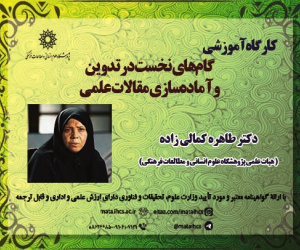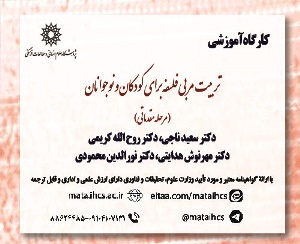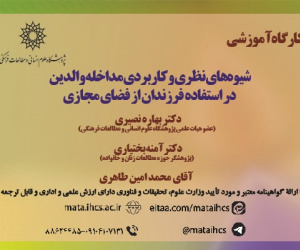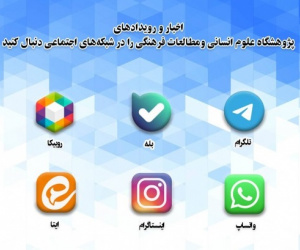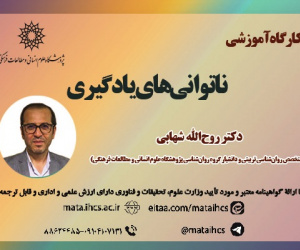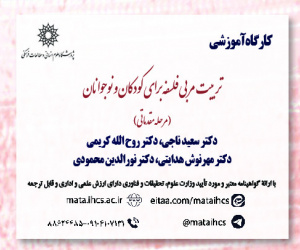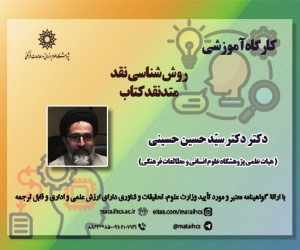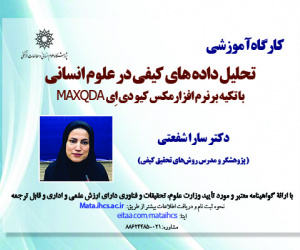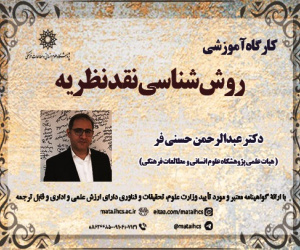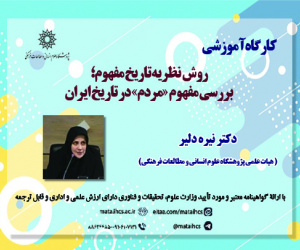معرفی و ارزیابی نظریه انتشار نوآوری راجرز (مقاله علمی وزارت علوم)
درجه علمی: نشریه علمی (وزارت علوم)
آرشیو
چکیده
فرآیند پذیرش و انتشار نوآوری ها سال ها توسط محققان متعدد مورد مطالعه قرار گرفته است. یکی از محبوب ترین نظریه های پذیرش و انتشار نوآوری توسط راجرز در کتاب "انتشار نوآوری ها" ارائه شده است. تحقیقات زیادی از رشته های مختلف از جمله علوم سیاسی، بهداشت عمومی، ارتباطات، اقتصاد، مدیریت، فناوری و آموزش از این نظریه به عنوان یک چارچوب پژوهشی استفاده کرده اند. نظریه راجرز به عنوان چارچوب نظری پرکاربرد به ویژه در حوزه انتشار فناوری و نوآوری در سازمان ها تعریف می شود. بنابراین با توجه به کاربرد گسترده این نظریه، هدف تحقیق حاضر توصیف نظریه انتشار نوآوری راجرز و بررسی و نقد آن به روش نقد تلفیقی می باشد، که براساس ویژگی های محتوایی، روش شناسی، تاریخی و همچنین زندگی شخصی و حرفه ای نظریه پرداز آن مورد تحلیل و واکاوی قرار می گیرد. در این پژوهش، نقاط قوت و ضعف نظریه به لحاظ محتوایی و روش شناسی مورد بحث قرار می گیرد و تاثیرات بسترهای فکری، اجتماعی، تاریخی و زندگی شخصی نظریه پرداز بر نظریه بررسی می شود و کاربرد نظریه انتشار و پذیرش نوآوری ها در سازمان ها تبیین می گردد. نقد روش شناسی نظریه نشان داد، تحقیقات انتشار نوآوری می بایست از روش های بسیار ساختاریافته به سمت تحقیقات موردی عمیق تر، کیفی تر و فرضیه سازتر از فرآیند نوآوری در سازمان ها تغییر پیدا کنند. این نظریه به طرق مختلف به روز و تجدیدنظر شده است و این یکی از مهمترین نقاط قوت این نظریه می باشد. این به روزرسانی ها و بازبینی ها، نظریه انتشار نوآوری راجرز را غنی تر و جامع تر کرده است. اما از مهمترین نقدهایی که بر این نظریه وارد می باشد آن است که نظریه انتشار نوآوری اغلب نقش زیرساخت ها را در پذیرش و انتشار نوآوری ها درنظر نمی گیرد، و فاقد قدرت پیش بینی لازم در مورد اینکه کدام نوآوری موفق و کدام نوآوری شکست خواهد خورد می باشد.Introducing and Evaluation of Rogers’s Diffusion Innovation Theory
The process of acceptance and dissemination of innovations has been studied for years by multiple researchers. One of the most popular theories of acceptance and dissemination of innovation has been presented by Rogers in the book "Diffusion of Innovations". Many studies from various fields such as political science, public health, communications, economics, management, technology, and education have used this theory as a research framework. Rogers' theory is defined as a widely used theoretical framework, especially in the field of technology and innovation diffusion in organizations. Therefore, given the widespread application of this theory, the aim of the present study is to describe Rogers' theory of innovation diffusion and to examine and critique it using a combined critique method, which analyzes and interprets the theory based on its content, methodology, and historical, personal, and professional characteristics of the theorist. In this research, the strengths and weaknesses of the theory in terms of content and methodology are discussed, and the influences of the intellectual, social, historical, and personal aspects of the theorist on the theory are examined, and the application of the theory of innovation diffusion and acceptance in organizations is explained. The critique of the methodology of the theory shows that innovation diffusion research needs to shift from highly structured and quantitative methods towards deeper, qualitative, and hypothesis-driven case studies of the innovation process within organizations. This theory has been updated and revised in various ways, which is one of its most important strengths. These updates and revisions have enriched and expanded the theory of innovation diffusion. However, one of the most important criticisms of this theory is that it often does not consider the role of infrastructures in the acceptance and dissemination of innovations, and lacks the necessary predictive power to determine which innovations will succeed and which will fail.

